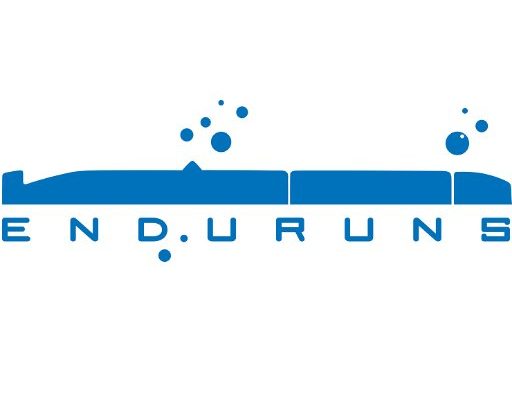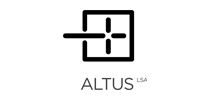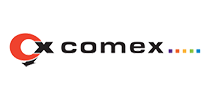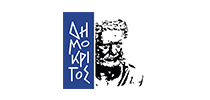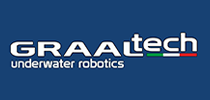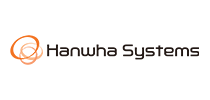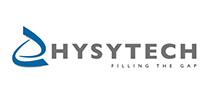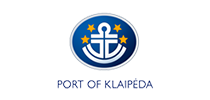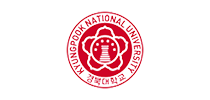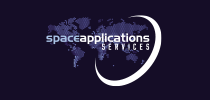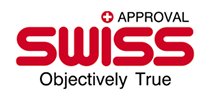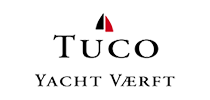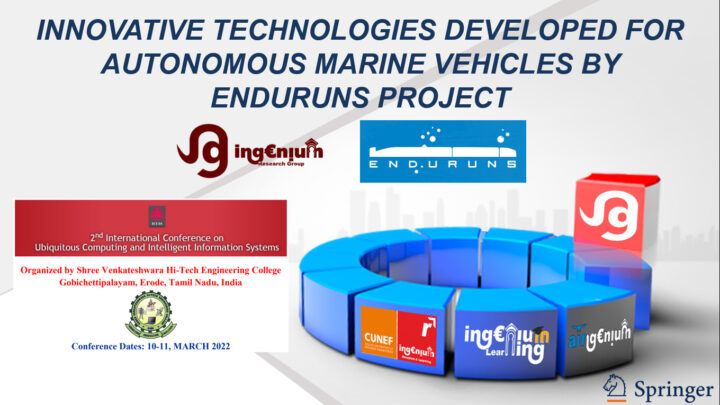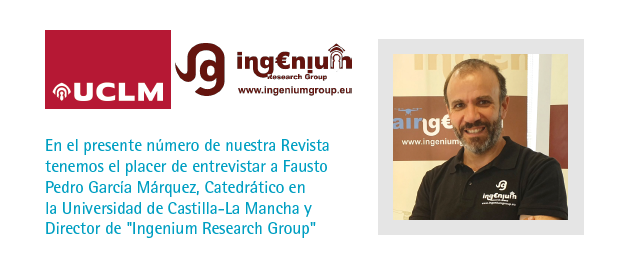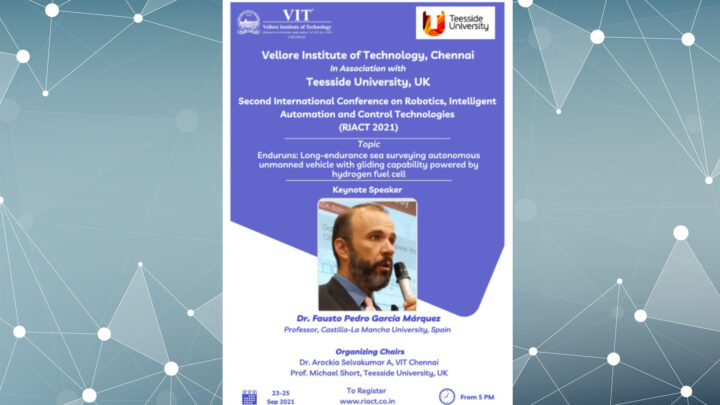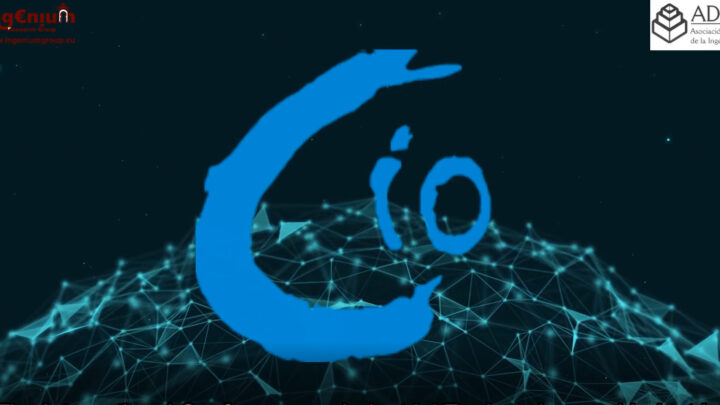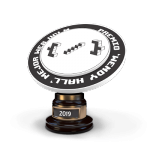"The ENDURUNS initiative is an 8.8 million euro and 4-year H2020 project, involving 18 partners from the EU and Korea, which aims to develop and demonstrate a long-lasting unmanned autonomous vehicle with a sliding capacity powered by a hydrogen fuel cell. The project is financially supported by the European Commission (RIA) and the Korean Government."
ENDURUNS
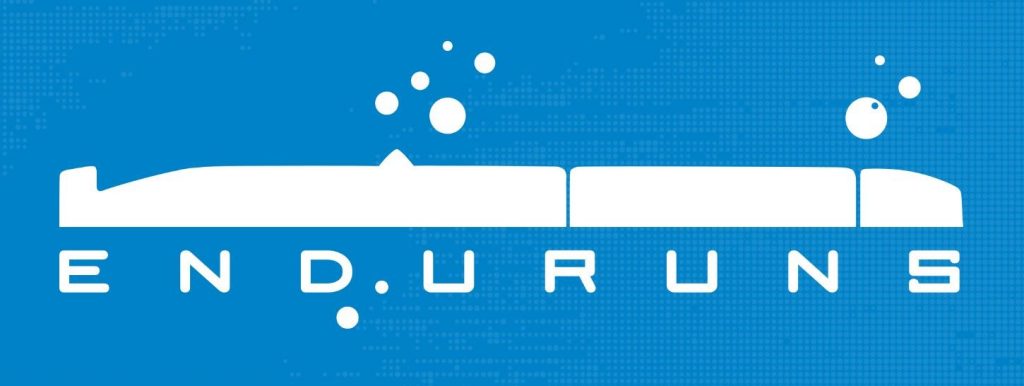
Development and demonstration of a long-endurance sea surveying autonomous unmanned vehicle with gliding capability powered by hydrogen fuel cell
The main ambition of the ENDURUNS project is to develop an integrated hybrid AUV system capable of operating under deep ocean conditions and performing a wide-range of missions, targeting the increase of scientific knowledge as well as industrial capability and performance. Due to its versatile nature, the ENDURUNS system will be suited to perform scientific missions, such as seabed mapping, profiling, geological and geophysical surveys, commercial missions, such as inspection of infrastructure and assets, mineral and seabed mining exploration missions and public authority missions such as surveillance, search and find missions (e.g. aircraft wreckage), equally well. Therefore, the ENDURUNS system will enable for the first time long endurance missions demonstrated up to TRL 5 or above during the project for a wide variety of high impact deep sea applications. The AUV and USV combination are expected to significantly outperform all existing AUV vehicles, in terms of endurance, positioning, survey capability, resolution, sensitivity, etc.
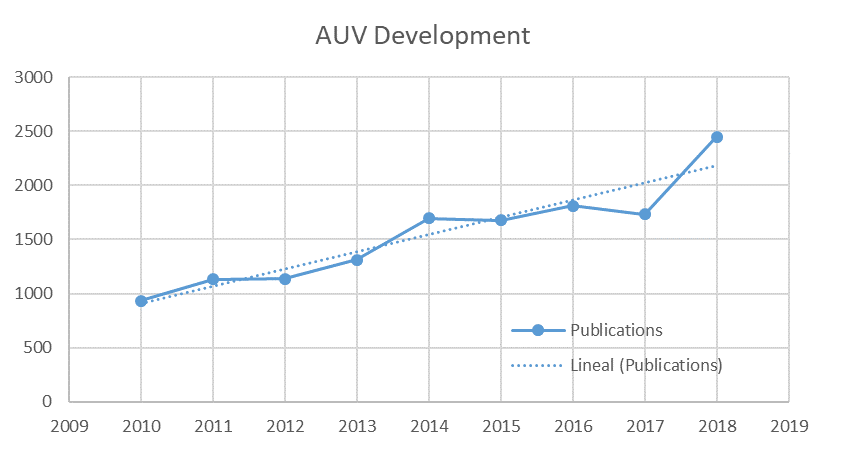
The ENDURUNS project aims to develop a hybrid AUV powered using hydrogen fuel cell technology. The application of high energy density H2 as fuel will permit extended operation at sea up to several months, enabling multiple missions to be carried out even with a single launch sequence. The ENDURUNS AUV system encompasses capability of launching and retrieving from port, airplane, helicopter, special vessels as well as ships of opportunity. It also includes communication features which will enable mission data transfer and updates on the fly from the RMCC supervisor, advanced high-accuracy geotagging, optimized controller and data handling hardware and software. ENDURUNS will be able to perform high-resolution seabed mapping within the 100m target specified by the “Seabed 2030” initiative as well as detailed inspection of offshore infrastructure which may requires even higher levels of resolution. The sensor payload will be adaptable to the specific requirements of each mission thanks to the modularity and compatibility offered by the ENDURUNS AUV architectural design. Surveying capabilities will permit the use of the ENDURUNS system for geophysical studies, fish stock assessment, surveillance, mineral resources, offshore infrastructure structural evaluation and so on. A USV will be used in conjunction with the AUV during operation for geotagging, communication and command transmission from and to the RMCC. The USV will be capable of connecting with the AUV when required and return to port as a single unit. The USV will communicate with the AUV and the RMCC and relay data back and forth so mission objectives can be updated dynamically whenever required. The USV will permit the accurate geotagging of the areas mapped or inspected by the AUV. To extend operational autonomy the USV will be powered using a hybrid power bank incorporating a hydrogen fuel cell, battery pack and photovoltaic panels. In case of adverse weather conditions the USV will be capable of submerging up to 20m underwater and resurface again, resuming nominal operation when weather has improved sufficiently.
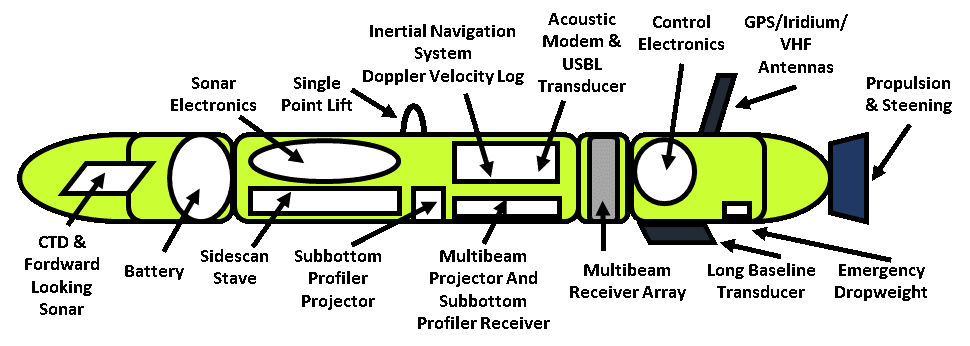
The technical objectives of ENDURUNS to be achieved within the duration of the project are:
- To implement a hybrid AUV design
- To develop a power train based on hydrogen fuel cells enabling increased energy to be installed onboard in comparison with conventional battery powered AUVs
- To develop a USV capable of sustaining operations in remote deep ocean and heavy traffic environments equally well and be self-sufficient in terms of energy requirements
- To design and develop launch and return to base features for the vehicle
- To incorporate redundancy and fail safe features
- AUV modularity and compatibility with current state-of-the-art sensing and communication systems for underwater survey and inspection activities
- Geotagging with the aid of the USV
- Demonstration of developed technologies in relevant environment
The societal objectives of the ENDURUNS projects are:
- Contribute to the rapid and accurate mapping of the world’s oceans with a resolution of 100m, helping fulfil the goals set by the “Seabed 2030” initiative
- Contribute in understanding the impact of oceans in global environment
- Enrich scientific knowledge for deep sea habitats and geological-geophysical formations
- Improve inspection efficiency and maintainability of offshore infrastructure
2020
Pedro Bernalte Sanchez, Isaac Segovia Ramirez, Mayorkinos Papaelias, Simone Marini, Fausto Pedro Garcia Marquez (2020) PROYECTO EUROPEO ENDURUNS: INSPECCIÓN DE MARES Y OCÉANOS A TRAVÉS DE VEHÍCULOS AUTÓNOMOS. DESARROLLO DE ENSAYOS NO DESTRUCTIVOS, Asociación española de ensayos no destructivos 92, p. 22-33, url
Pedro Bernalte Sanchez, Fausto Pedro Garcia Marquez, S Marini, F Bonofoglio, L Barbieri, Nikolla Gjeci, E Ottaviani, S Govindaraj, S Coene, M Papaelias, A But (2020) New Approaches for Renewable Energy Management in Autonomous Marine Vehicles, p. 739-745, CRC Press, url
Simone Marini, Nikolla Gjeci, Shashank Govindaraj, Alexandru But, Benjamin Sportich, Ennio Ottaviani, Fausto Pedro Garcia Marquez, Pedro Jose Bernalte Sanchez, Jonas Pedersen, Casper Vetke Clausen, Fantina Madricardo, Fedeirca Foglini, Federico Bonofiglio, Laura Barbieri, Massimiliano Antonini, Yeidy Sorani Montenegro Camacho, Peter Weiss, Kathrin Nowak, Makthoum Peer, Thibaud Gobert, Alessio Turetta, Elias Chatzidouros, Dongik Lee, Dimitris Zarras, Theodore Steriotis, Georgia Charalambopoulou, Thanos Yamas, Mayorkinos Papaelias (2020) ENDURUNS: An Integrated and Flexible Approach for Seabed Survey Through Autonomous Mobile Vehicles, Journal of Marine Science and Engineering 8(9), p. 633, url, doi:10.3390/jmse8090633
Pedro Bernalte Sanchez, Mayorkinos Papaelias, Fausto Pedro Garcia Marquez (2020) Autonomous underwater vehicles: Instrumentation and measurements, Instrumentation and measurements. IEEE Instrumentation & Measurement Magazine 23(2), p. 105-114., url, doi:10.1109 / MIM.2020.9062680
2019
Pedro Bernalte Sanchez, Isaac Segovia Ramirez, Fausto Pedro Garcia Marquez (2019) Proyecto Europeo ENDURUNS, TBN nº 12, p. pp 2-8, url
Isaac Segovia Ramirez, Pedro Jose Bernalte Sanchez, Mayorkinos Papaelias, Fausto Pedro Garcia Marquez (2019) Autonomous underwater vehicles inspection management: optimization of field of view and measurement process, International Conference on Industrial Engineering and Industrial Management (13th. 2019. Gijón), p. p. 17-18, Oviedo: Servicio de Publicaciones de la Universidad de Oviedo, url
Isaac Segovia Ramirez, Alberto Pliego Marugan, Mayorkinos Papaelias, Fausto Pedro Garcia Marquez (2019) Optimal Management of Marine Inspection with Autonomous Underwater Vehicles, International Conference on Management Science and Engineering Management, Cham Springer (ed.), p. 760-771, Toronto: Springer, url, doi:https://doi.org/10.1007/978-3-030-21248-3_57
PARTNERS
LAST NEWS IN ENDURUNS
Pedro Bernalte has presented «Innovative Technologies Developed for Autonomous Marine Vehicles by ENDURUNS project» in ICUIS 2022
Prof. Fausto Pedro García is interviewed by the «Asociación Española de Ensayos No Destructivos»
Ingenium participates in the Second Virtual International Conference on Robotics, Intelligent and Control Technologies
Ingenium has presented different works in CIO 2021
Contact Us
- ESCUELA TÉCNICA SUPERIOR INGENIERÍA INDUSTRIAL
- ingeniumgroup.eu@gmail.com
- (+34) 926295300 (6230)
Copyright © 2020 INGENIUM GROUP.All rights reserved.
A bonis ad meliora
